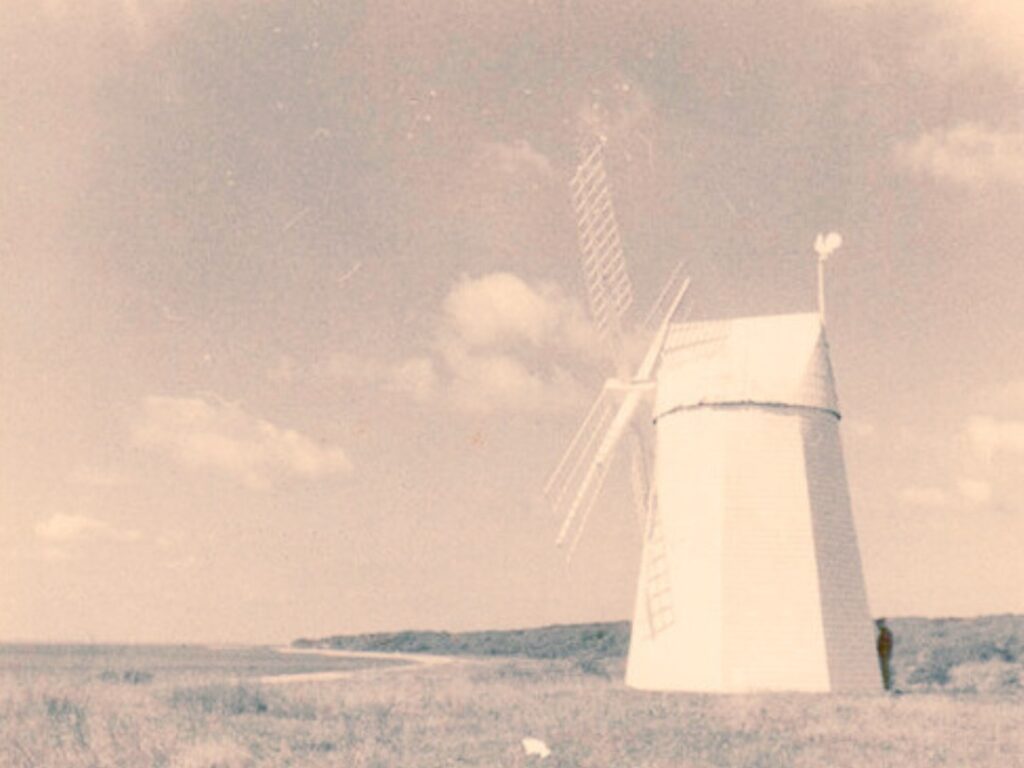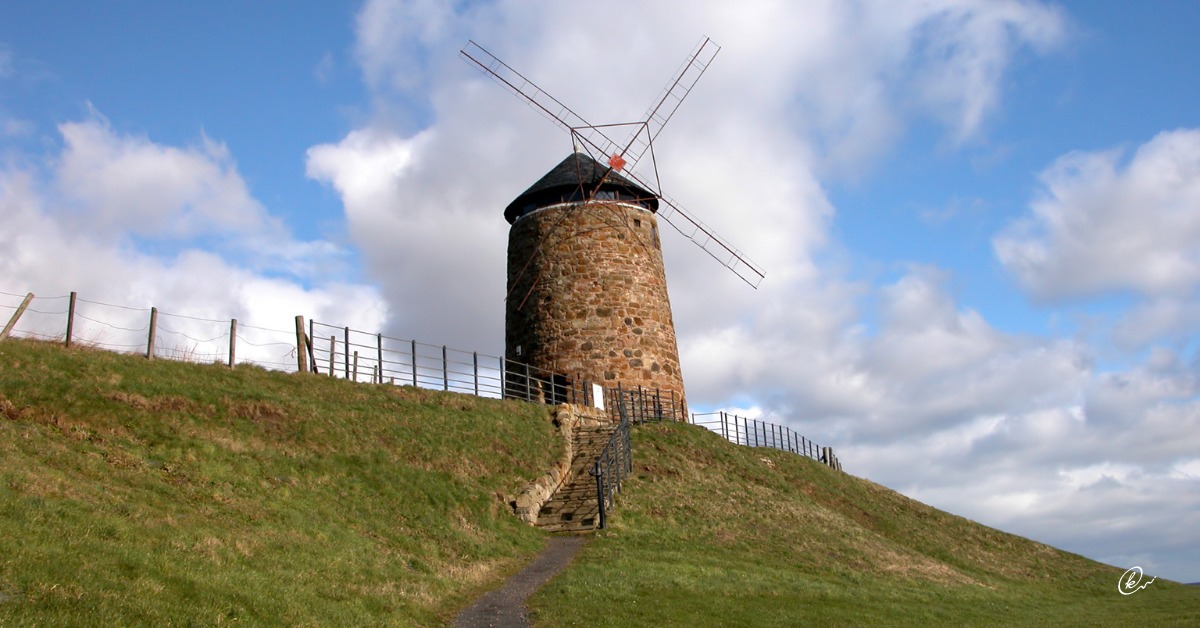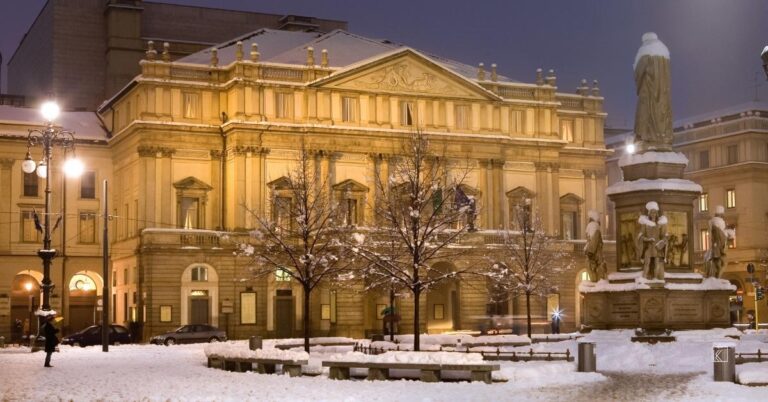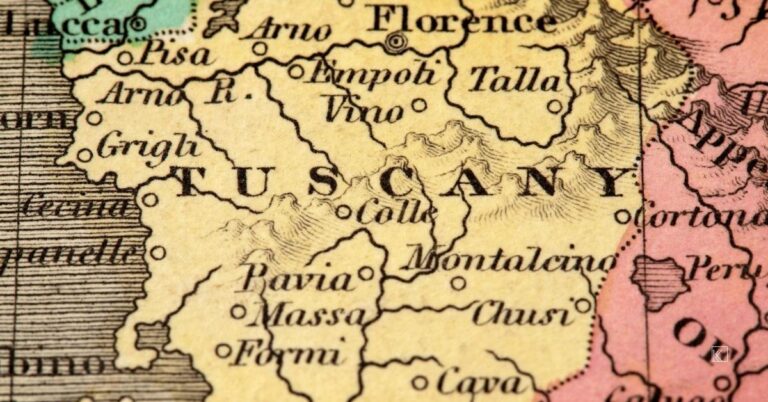Windmills and water mills are truly the wonders of an earlier era, the wooden technology of yesteryear. To us, they may be graceful and charming relics. To the colonists, however, they were a vital necessity. Colonial craftsmen constructed them to mill grain, saw wood, pump water, and do various other jobs. Furthermore, the mill was the gathering place for the villagers. While they waited for their grain to be milled, the villagers exchanged news and gossip and stories. Millers were well respected not only for their mill’s output but also for their own weather forecasts, knowledge of engines and machines, and, of course, up-to-date news.
Long Island is an ideal place for catching the steady wind from the ocean and bays: 125 miles long, narrow – only 20 miles across at its widest, and relatively flat. Thus, many windmills were built here and still exist here, particularly at the Island’s east end. As a matter of fact, the south fork of eastern Long Island contains the greatest number of surviving windmills in the United States. Before 1700, Long Island also had many water mills (and lighthouses), some of them powered by the tide.
Surviving centuries of time, historic wooden windmills, reminiscent of old-time England, dot the landscape of Suffolk County’s lush east-end scenery. Suffolk County holds 11 such windmills. Few of these styles of windmills remain in the United States, and it’s quite unusual to find such a large concentration of them in one area.
In fact, local historians claim that Long Island holds the largest number of this type of windmill in one place. The windmills found on Long Island were constructed in the “smock mill” style, so-called because their skirted design resembled a baker’s smock. According to historians, they are also called “cap mills” because the top cap of the mill rotates. They have oversized lattice blades and wood-shingle construction.
The historic windmills on Long Island were created by skilled artisans, and many have been restored. They are open for visitors to explore how these massive machines benefited early Americans and aided in their survival. The mill at Water Mill is one of 11 standing windmills on the eastern end of Long Island, which may represent the largest such concentration in the United States.
All 11 were built between 1795 and 1820 and are called smock mills because they supposedly look like someone wearing a smock. Though windmills played a role in the nation’s agrarian beginnings, they go back at least 700 years in Europe, where they were used to accomplish tasks essential to survival: grinding grain, sawing wood, pumping water, and accomplishing any other job in which the wind could be used to do their work.
The first windmill on Long Island went into operation in 1644, four years after colonists from New Haven founded the town of Southold on the North Fork.
Throughout the 18th and 19th centuries, mills played an important role in the economy and agricultural development of the east end of Long Island. This situation changed, however, when processed flour was sent east by train in large enough quantities to satisfy demand. Local farmers turned to growing potatoes instead of grain.
Now, many of the potato farms are giving way to modern” Hamptons-style” housing or are being used to grow grapes for the Island’s burgeoning wine industry. The last operating windmill, the Hayground Mill in East Hampton, closed in 1919. Two others were made into homes. Through the years, their usefulness was over; the 11 standing mills were repaired only occasionally, and maintenance was perfunctory or nonexistent. Several mills were purchased by individuals and moved from their original sites. Two have been converted to private residences.
With the passage of time and damage from storms, the windmills faced extinction. But in the 1970s, renewed interest by local residents and the Society for the Preservation of Long Island Antiquities spurred preservation movements.
The following is but a list of some of the historic Long Island Windmills:
The Antigo Windmill
The Antigo Windmill, built in 1804, stands in East Hampton as a historic landmark. This windmill is one of several iconic structures in the area, contributing to the rich history of wind-powered mills on Long Island.
The Mill Hill
The Mill Hill had been built up from a natural rise in 1729 on the common at the south end of East Hampton. This structure is another testament to the region’s early reliance on wind power.
The Pantigo Windmill
The Pantigo Windmill was built by Samuel Schellinger, showcasing the area’s dedication to harnessing wind energy. It is another historic windmill contributing to the rich heritage of East Hampton.
The Old Hook Mill
The Old Hook Mill, a windmill built by Nathaniel Dominy V in 1806, remains a significant piece of East Hampton’s history. Restored to working order in 1939, it celebrated its 200th anniversary in 2006. The preservation and celebration of this windmill highlight the community’s commitment to maintaining its historical heritage.
The Beebe Windmill
The Beebe Windmill was built in 1820 by Samuel Schellinger for Captain Lester Beebe. This windmill has been moved numerous times since its construction and is the only windmill in the United States that is iron-geared. It is located in Bridgehampton and is open periodically in season.
The Gardiner Windmill

The Gardiner Windmill, built in 1804, stands in its original place and was constructed a few months after the Pantigo Mill. This mill was built by Nathaniel Dominy V for John Lyon Gardiner and several others, and it was completed on September 28, 1804. The mill continued to operate until 1900.
The Corwith Windmill
The Corwith Windmill was built in the 1800s in Sag Harbor and was moved to its current location in 1813. It operated until 1887. This windmill is located in Water Mill, NY.
The Shinnecock Windmill at Stony Brook Southampton College
The Shinnecock Windmill was originally constructed in the early 1700s and was moved from Southampton Village to its present location in 1890. It has been a fixture at Stony Brook Southampton College ever since the college opened. The windmill is available for exterior viewing only.
The Shelter Island Windmill
The Shelter Island Windmill was built in Southold in 1810 by Nathaniel Dominy. This windmill was moved to Shelter Island in 1839 and subsequently moved to its current location. It is not open to the public.
The Old Mill at Wainscott
The Old Mill at Wainscott, located on Main Street, was built in 1813 and has been moved several times. It is not open to the public.
The Gardiner’s Island Mill
The Gardiner’s Island Mill was built for the Gardiner family in 1795 and rebuilt in 1815. Painted white, this mill is situated on Gardiner’s Island, a private island that has been on the National Register of Historic Places since 1978. It is not open to the public. However, I had the unique opportunity to see this windmill when David Lyon Gardiner took the entire 5th grade of Gardiner Manor Elementary School (Bay Shore School District) to Gardiner’s Island. It was a fantastic opportunity for us to see the Island and view the wildlife, buildings, and more, which many people don’t get the chance to do.
The Southampton Mill
The Southampton Mill dates back to the early 1900s. This windmill is not open to the public.





